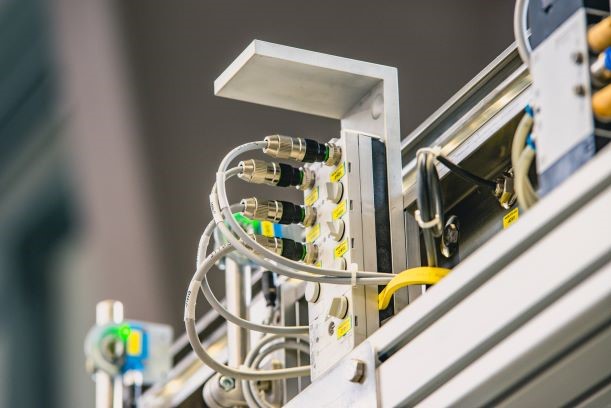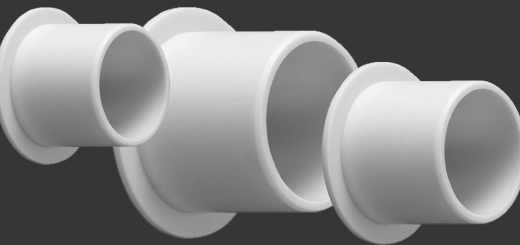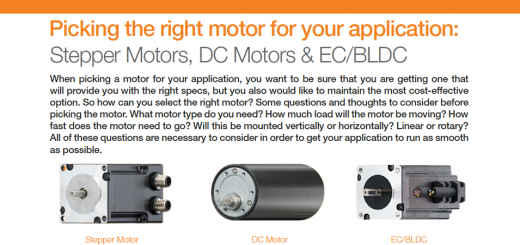Can control cables also be used as ASi bus cables?
By Nils Jäger
Why are ASi bus cables are specially shaped? Is it possible to use a round 2×1.5mm² control cable instead? Let’s take a closer look at the AS-i bus.
Where is the ASi bus cable used?

AS-Interface, or ASi for short, is the abbreviation for Actuator-Sensor-Interface. This bus system is intended as an alternative to the conventional wiring of pushbuttons, I/O modules, safety door switches and valve terminals. It simplifies the wiring effort and saves enormous time during installation. Where previously thick control cables had to be used, the two-core bus cable is now sufficient.
ASi bus cables are easy to connect
Unscrew the housing, insert the cable, screw the housing back on – DONE!
It couldn’t be simpler. The transmission takes place via a two-core flat cable that is not shielded. In most cases, the required devices are connected to the cable via the insulation-penetrating technique. Using this technique, the housing of the device is unscrewed and the cable is inserted. Thanks to the special shape of the cable, reverse polarity protection is guaranteed and prevents incorrect connection of the cores. As soon as the housing of the subscriber is screwed back on, contact pins penetrate the cable and establish the connection. When commissioning, only the device has to be configured using software.

Two cable colours
There are two different ASi bus cables. They differ not in form but in colour. The yellow cable is for devices that require a low current consumption for their power supply. These can be pushbuttons or indicator lights, for example. Here, both the bus signal and the power supply are transmitted via the same cores. For devices with higher power requirements, such as valve terminals, an additional black flat cable is used. This serves exclusively for power supply. Both cables are usually designed as 2 x 1.5mm² or 2 x 2.5mm².


Advantages
The ASi bus system can be used flexibly and is very easy to install. No special electrical engineering training is required. Even people who have not received electrical instruction can connect the devices. This ease of install makes the ASi bus economical. Installation errors are also reduced due to the reverse polarity protection.
There is also high compatibility due to the fact that many manufacturers such as Sick, Siemens, Balluff, Festo, Turck and Pepperl+Fuchs offer actuators and sensors with this interface.
Control cables as ASi bus cables?
ASi bus cables require no special electrical specifications. Therefore, control cables can also be used as ASi bus cables. Using control cables makes sense in applications with extreme mechanical requirements.
It should be noted, however, that round cables usually cannot be connected directly to the bus devices. That being said, round cables have a better durability in the energy chain, as they are mechanically more stable due to the stranded cores and their round structure. Flat cables, on the other hand, turn in the chain and lead to unequal push-pull stresses on the parallel running cores. This can lead to core rupture and thus to machine failure.
For most moving applications in energy chains, our chainflex® cables CF898.082 and CF898.083, which have been specifically developed for these kinds of applications, can also be selected.
Detailed information on our bus cables is also available here. If you are not sure which cable is best for your application, we would be happy to help you.



